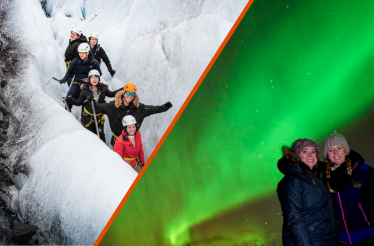Contempla el fuego frío danzar
Cumple tu sueño y acompáñanos en una excursión de Auroras Boreales.
GUÍA MES A MES DE LA TEMPORADA DE INVIERNO EN ISLANDIA
Islandia es una tierra de dos estaciones. La primavera y el otoño aparecen ocasionalmente durante algunos días con su suavidad intermedia, flores y colores, pero la distinción principal entre las estaciones se basa en la luz solar o la falta de ella: el verano nos bendice con horas interminables de luz y el sol de medianoche; en cambio, el invierno tiene días cortos y oscuros, pero espectaculares auroras boreales.
El largo invierno islandés es un periodo lleno de eventos. Cada mes ofrece algo en cuanto a actividades, festividades y tradiciones culinarias, y las frecuentes apariciones de la Dama Aurora hacen que todo este periodo sea aún más especial. De hecho, la aurora boreal y la temporada de invierno van de la mano, ya que este fenómeno solo es visible por la noche, en la oscuridad. El cielo nocturno y las largas horas de oscuridad, cuando van acompañadas de buen clima y actividad solar, y con algo de suerte, suelen traducirse en impresionantes exhibiciones de la aurora boreal, ¡un espectáculo realmente imperdible!
All winter season can offer northern lights sightings, but statistically not two months are the same.
To help you choose the best time for your northern lights getaway in Iceland, here is our month-to-month guide to winter in Iceland.
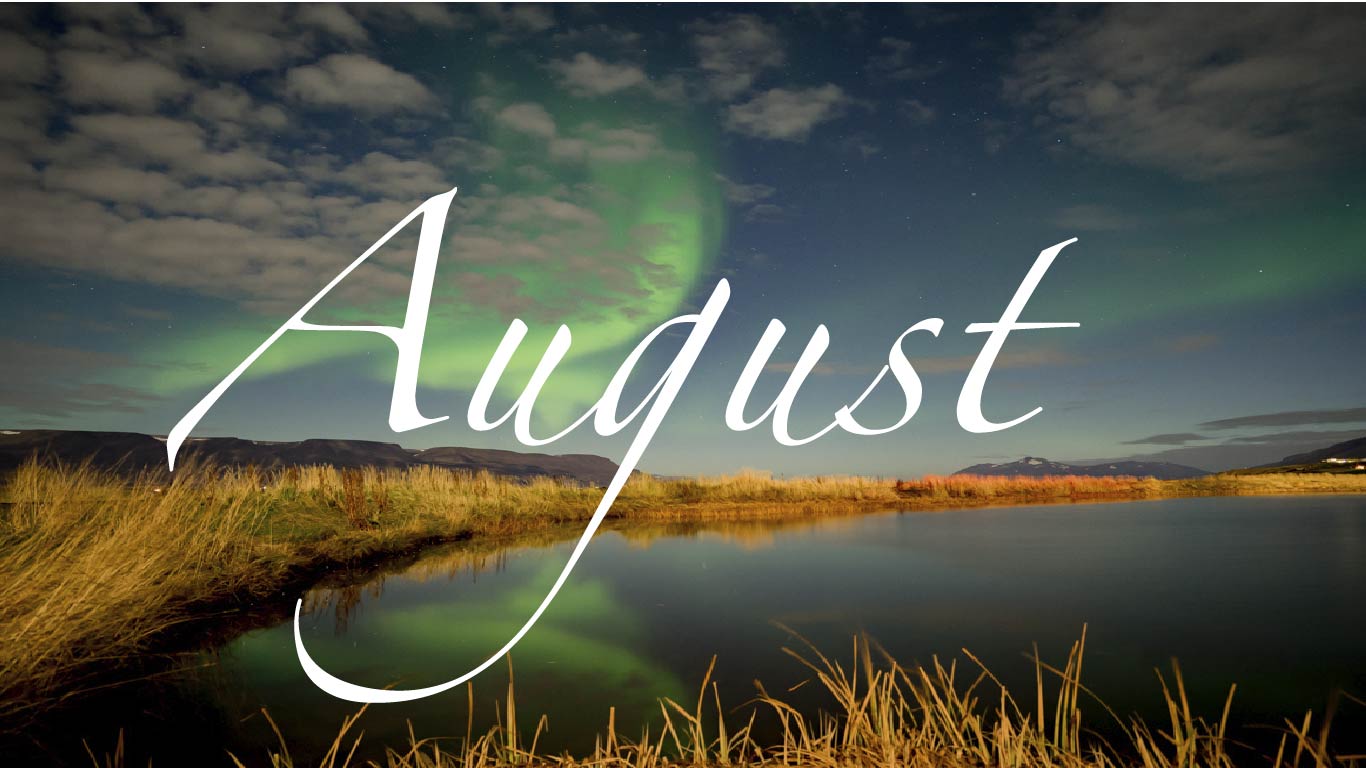
En agosto, la oscuridad regresa a nuestras costas nórdicas, después de meses de luz constante. Los días se van acortando progresivamente en este tiempo, y esto es especialmente notable en la segunda mitad del mes, cuando comienza la temporada de auroras boreales. Aunque aún es un fenómeno algo raro en comparación con los meses más oscuros, este período nos ha sorprendido con grandes exhibiciones de auroras.
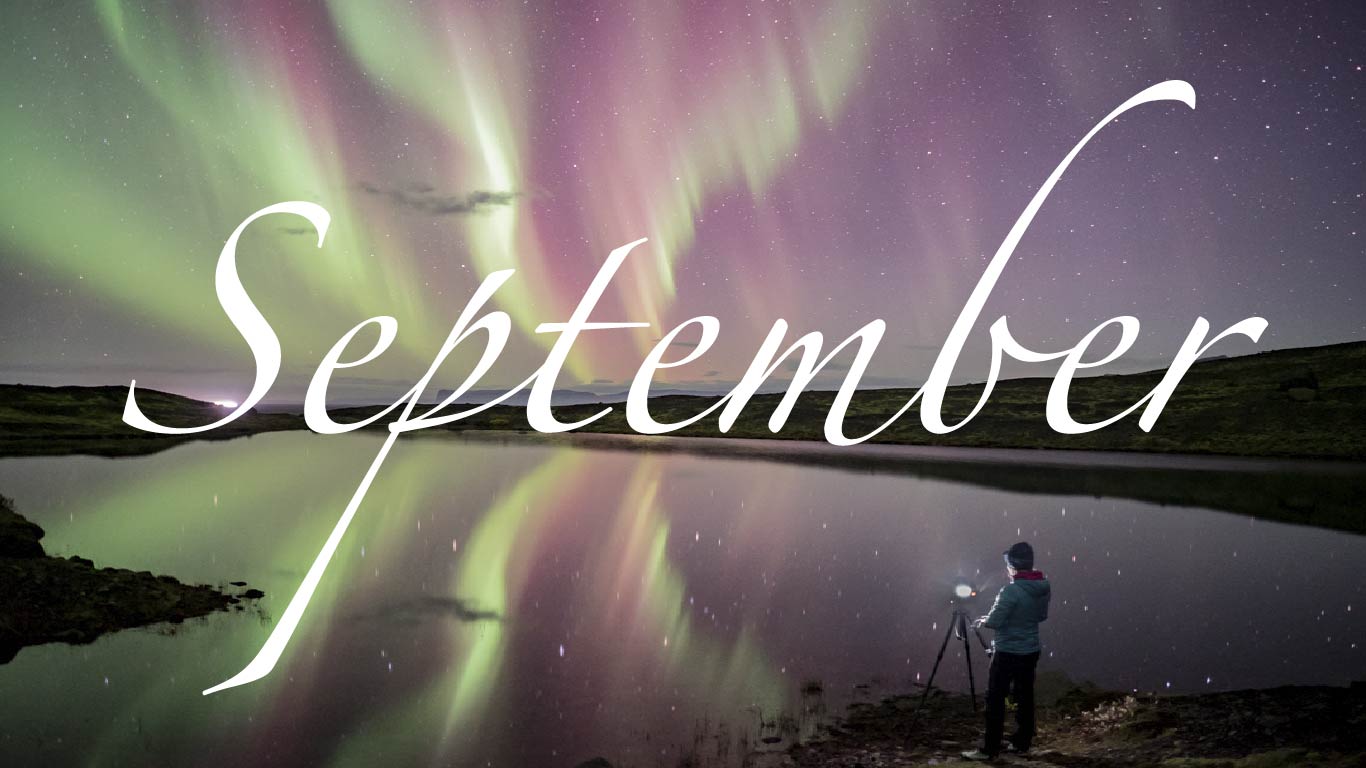
La temporada de auroras boreales realmente comienza en septiembre.
En este momento, el equinoccio de otoño afecta la intensidad de la actividad auroral, brindándonos exhibiciones más fuertes y brillantes.
La mayor actividad, combinada con días más cortos y noches suaves, hacen de septiembre uno de los mejores meses para cazar auroras boreales en Islandia.
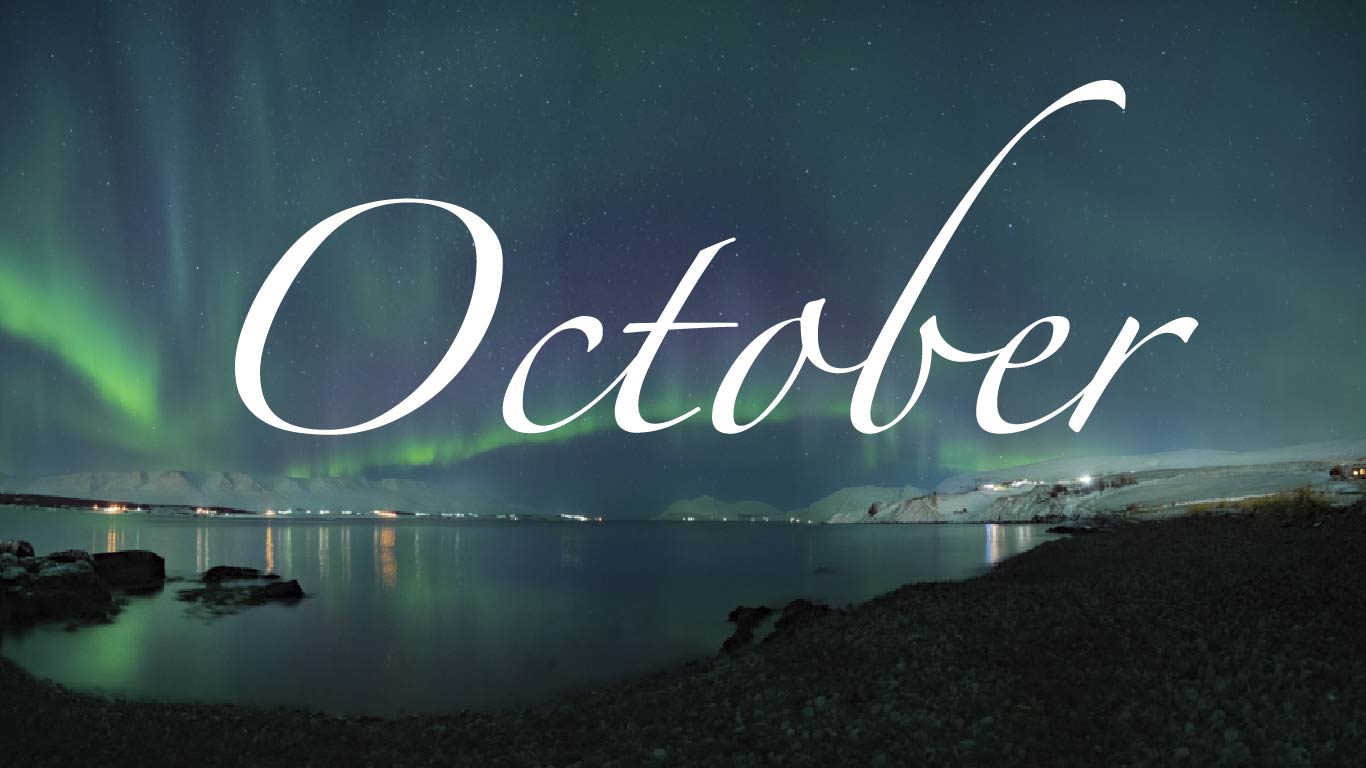
Islandia da su último suspiro cálido antes de que las frías temperaturas y los vientos árticos congelen la tierra.
La temporada de auroras boreales en este momento ya ha comenzado y los lugares junto a los lagos son un favorito absoluto.
Los lagos y estanques aún no se han congelado, y sus superficies líquidas y reflectantes mejoran cualquier avistamiento de auroras al “duplicar” el cielo iluminado.
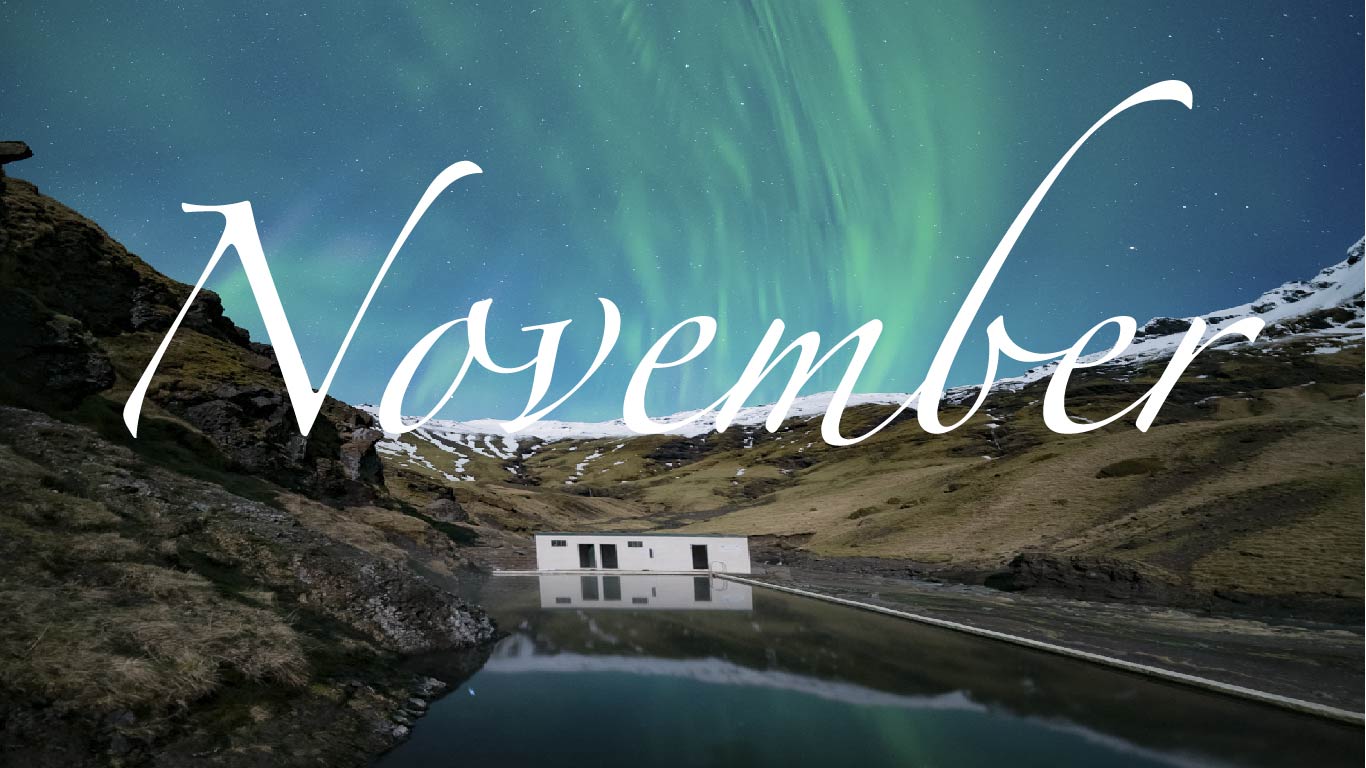
Hola oscuridad, te hemos echado de menos. Noviembre es el primer mes "de oscuridad" del invierno, con las horas totales de luz diurna reducidas drásticamente de alrededor de 8 a 5 en el período de 30 días.
Eso es una gran noticia para todos los entusiastas de las auroras boreales, quienes también pueden esperar las primeras nieves, que suele hacer su aparición alrededor de este tiempo.
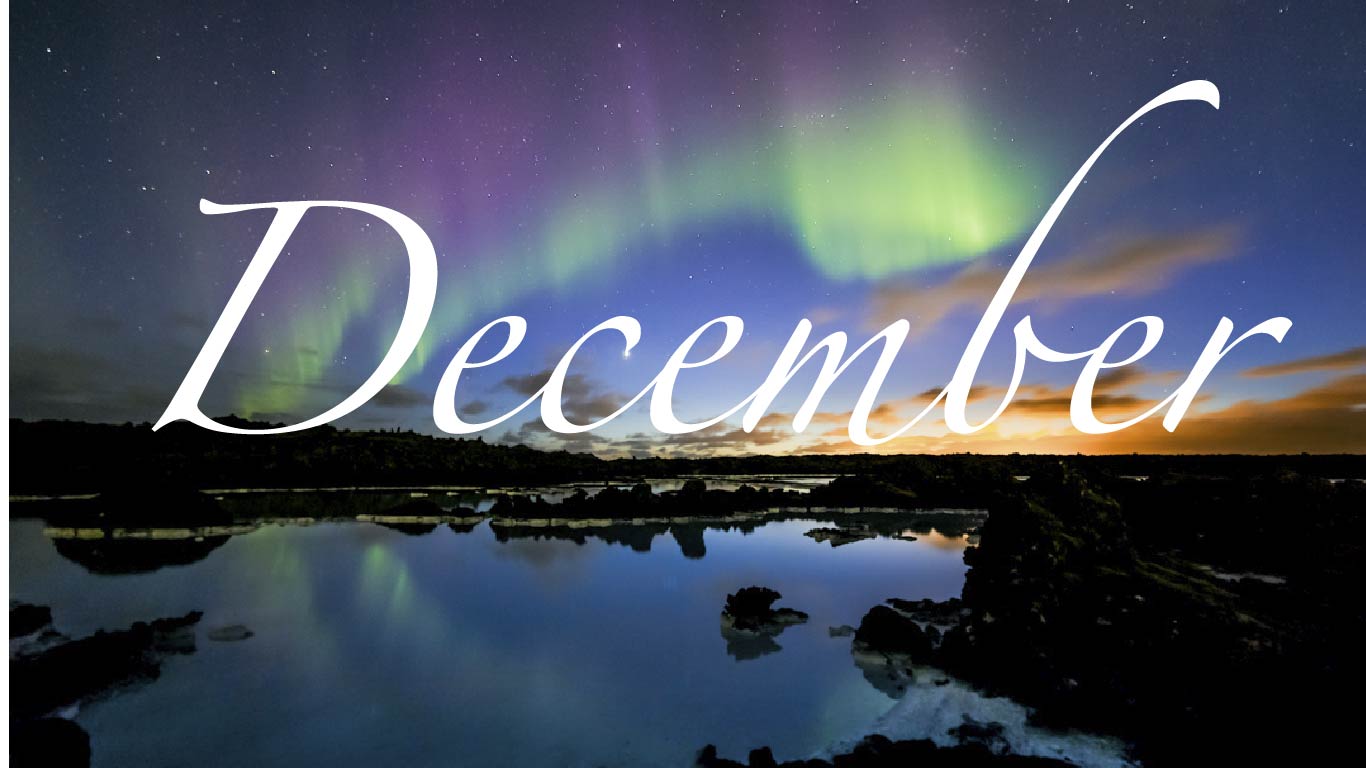
Islandia da su último suspiro cálido antes de que las frías temperaturas y los vientos árticos congelen la tierra.
La temporada de auroras boreales en este momento ya ha comenzado y los lugares junto a los lagos son un favorito absoluto.
Los lagos y estanques aún no se han congelado, y sus superficies líquidas y reflectantes mejoran cualquier avistamiento de auroras al “duplicar” el cielo iluminado.
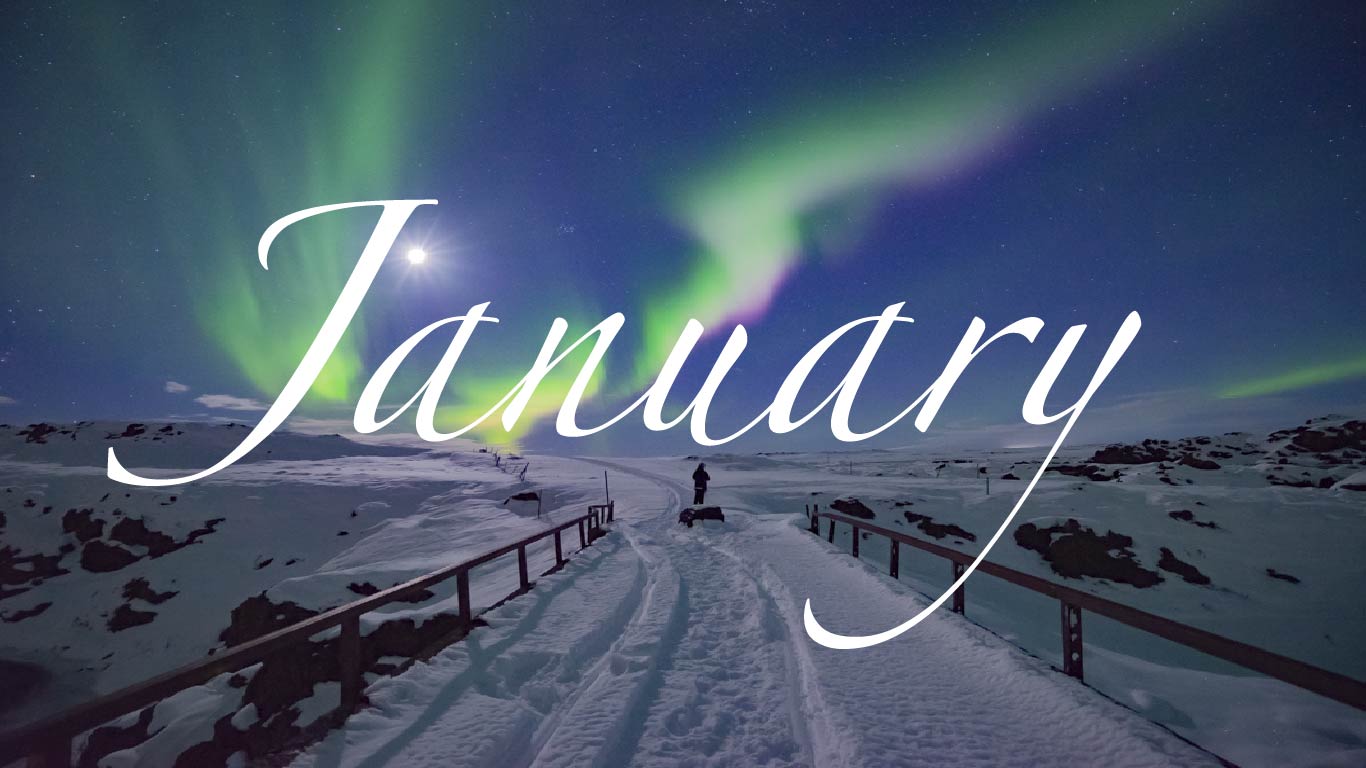
El clima puede ser impredecible a mitad del invierno, con tormentas de nieve y vientos extremos siendo una ocurrencia común. Sin embargo, en noches claras y frías, es posible experimentar algunas hipnotizantes auroras boreales, y el contraste con los terrenos cubiertos de nieve hará que tus fotos de la aurora brillen.
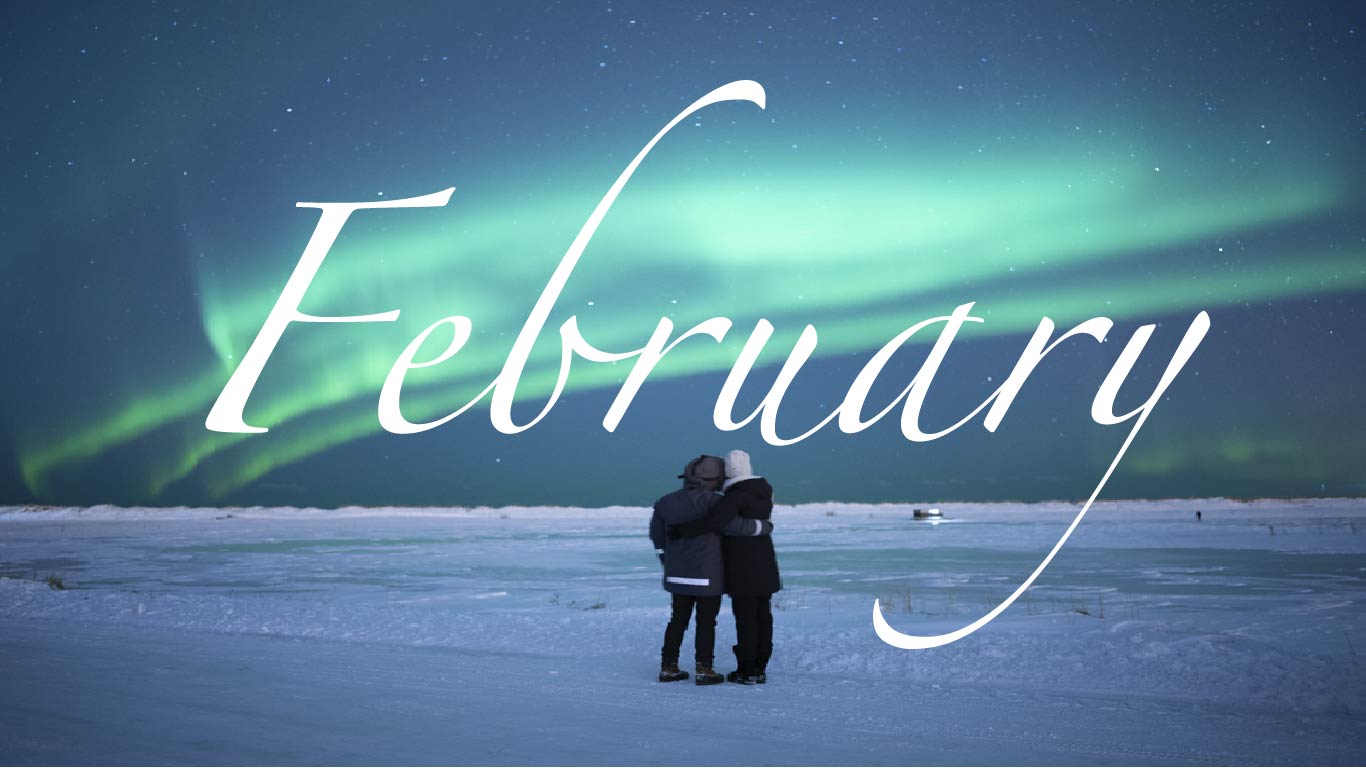
Febrero marca el inicio de la alta temporada invernal en Islandia. Los viajeros en febrero pueden disfrutar de más horas de luz y una gran variedad de opciones para cazar auroras boreales.
Las excursiones para ver la aurora se agotan rápidamente, por lo que se recomienda reservar tu tour con anticipación.
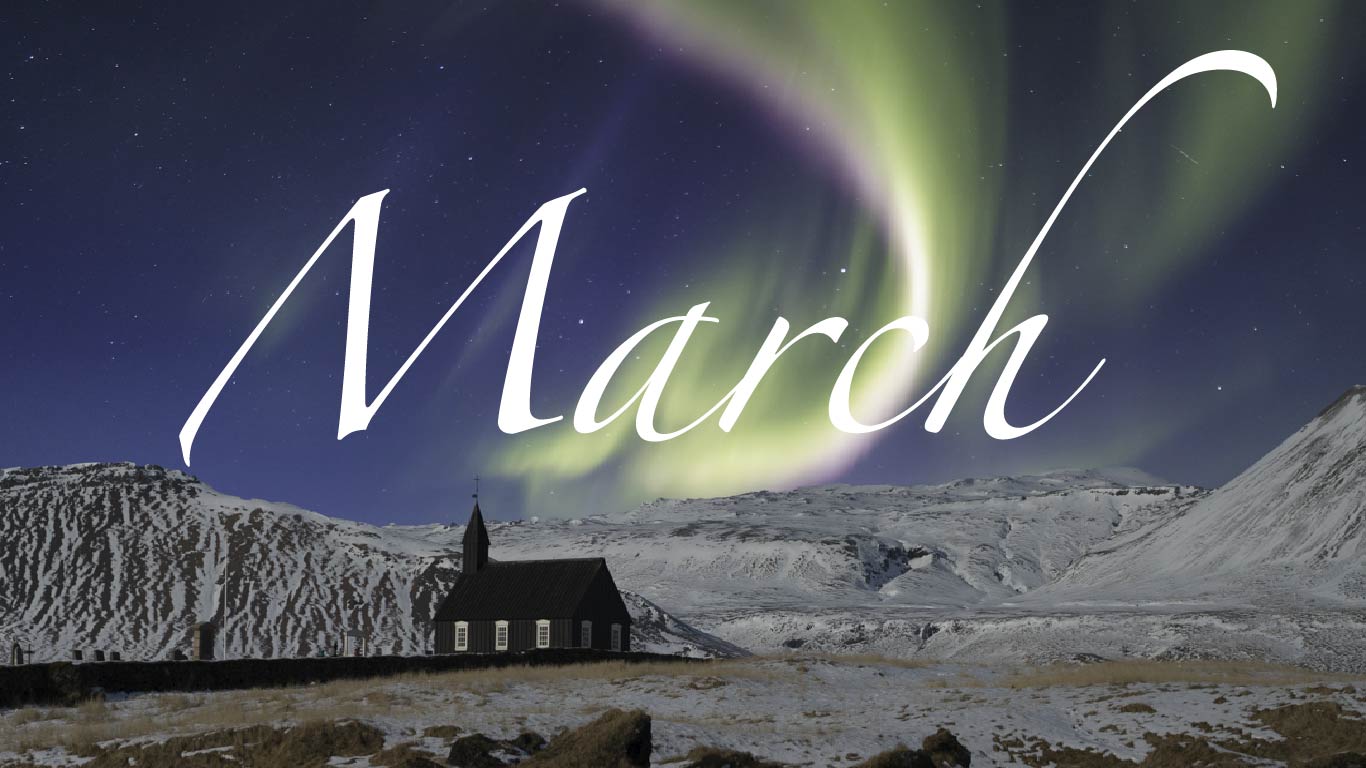
Las mejores auroras boreales de la temporada suelen verse en marzo, gracias al equinoccio de primavera y a un clima más estable.
Los entusiastas de las auroras viajan a Islandia desde todo el mundo en esta época, con la esperanza de experimentar la actividad auroral aumentada y tomar la foto perfecta del fenómeno.
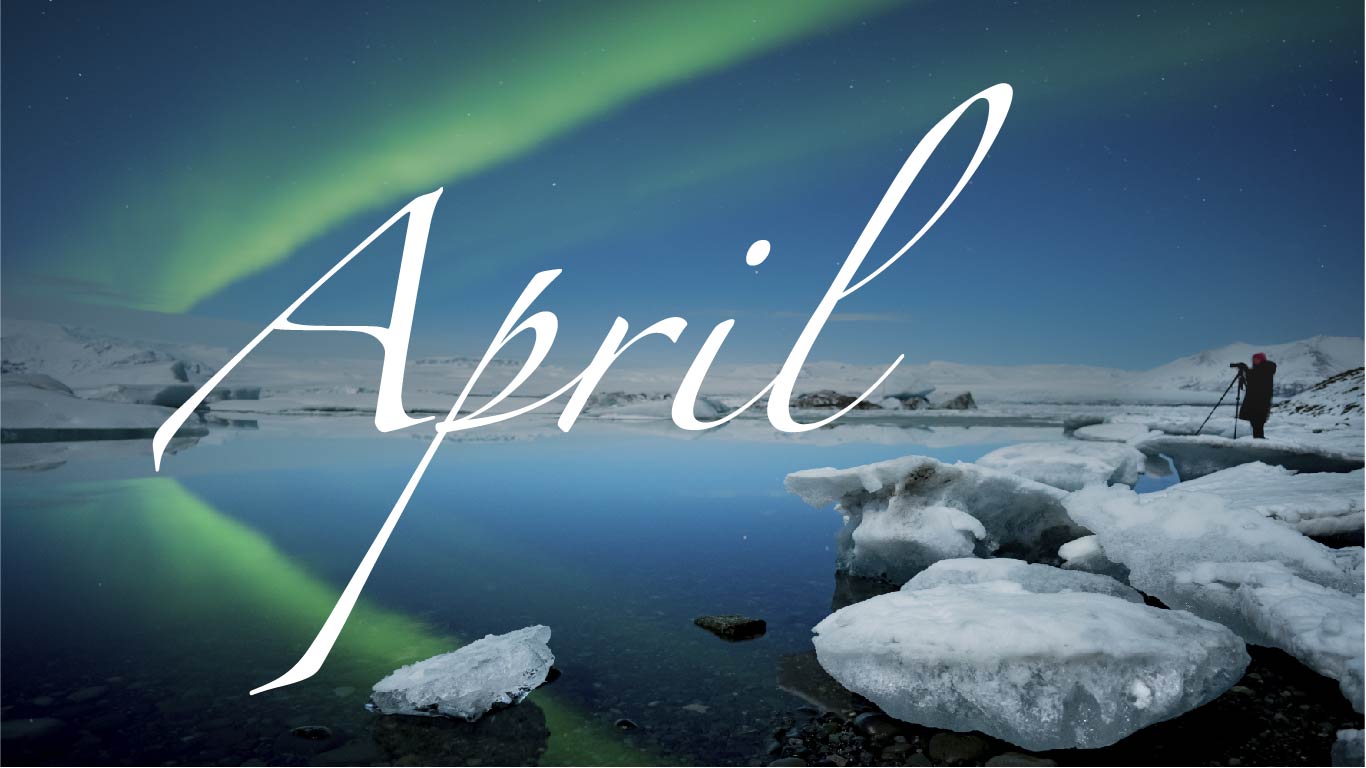
Abril marca el fin de la temporada invernal.
El clima más suave y la nieve derritiéndose indican que el verano está cerca, y los viajeros aún pueden esperar experimentar las últimas auroras boreales de la temporada en la primera mitad del mes. Las excursiones de auroras generalmente se realizan hasta el 15 de abril.
Tours de Auroras Boreales
Mejor selección de tours de Auroras Boreales guiados en Islandia
Recomendamos totalmente a estos colaboradores, ya que los conocemos desde hace años y estamos seguros de que son confiables y profesionales.
Reintento gratuito si no se ven las luces
Ver la aurora es el sueño de muchos que vienen a Islandia, pero, ay, esas luces impredecibles y frenéticas suelen tener mente propia y no siempre se muestran cuando uno las espera. Es por eso que todos nuestros tours te ofrecen una nueva oportunidad gratuita.
Mejor precio garantizado
Sin cargos ocultos, la mejor relación calidad-precio.
ESPECIALES DE AURORA BOREAL
Y COMBOS
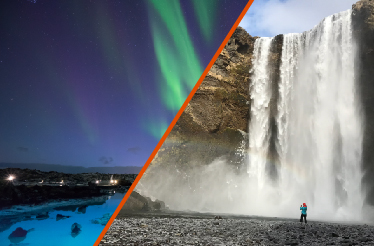
Aurora Boreal y Costa Sur
ASPECTOS DESTACADOS:
- Cascada Seljalandsfoss
- Cascada Skógafoss
- Volcán Hekla
- el glaciar Sólheimarjökull
- La playa de arena negra y la ciudad de Vík
- Caza de Auroras Boreales
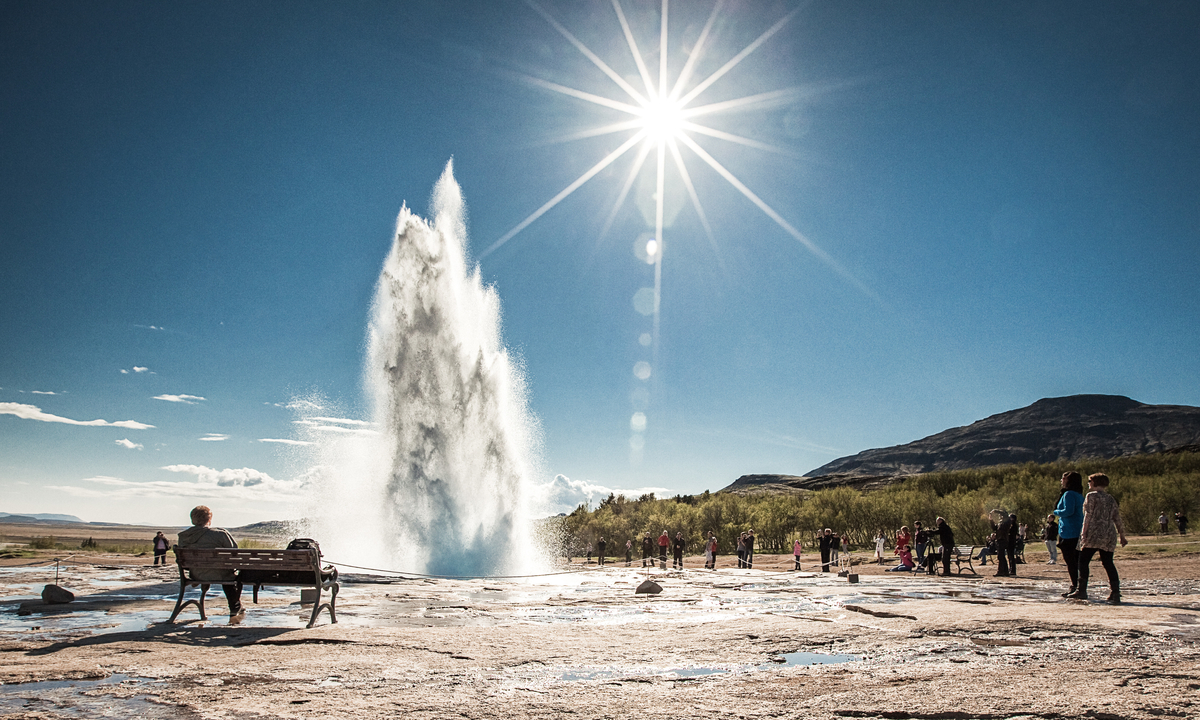
Aurora Boreal y Círculo Dorado
ASPECTOS DESTACADOS:
- Contempla el maravilloso Geysir
- Explora las maravillas del Parque Nacional Thingvellir
- Disfruta de Gullfoss, la cascada dorada
- Camina entre continentes
- Disfruta de una magnífica caza de la Aurora Boreal
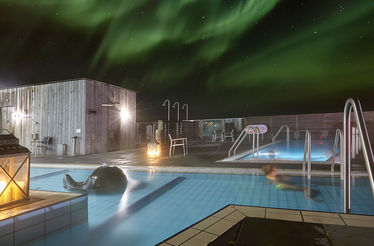
Baños cálidos y luces frías
ASPECTOS DESTACADOS:
- Buffet estilo local
- Ticket de entrada a la piscina geotérmica Fontana
- Caza de Auroras Boreales
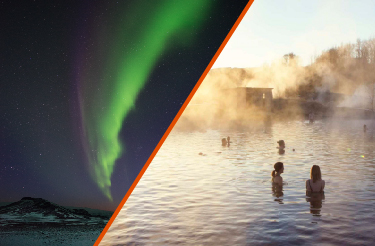
Aurora Boreal y Laguna Secreta
ASPECTOS DESTACADOS:
- Disfruta de un baño en la Laguna Secreta
- Muestras de deliciosa comida islandesa
- Contempla las Auroras Boreales danzar
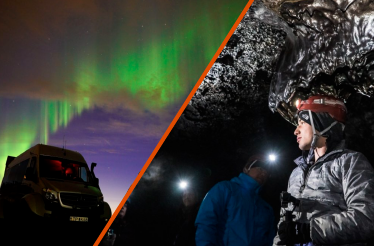
Espeleología y Auroras Boreales – Tierra y Cielo
Este tour combinado te llevará a la impresionante cueva Leiðarendi y elevará tus ojos al cielo en una mágica caza de auroras boreales.
